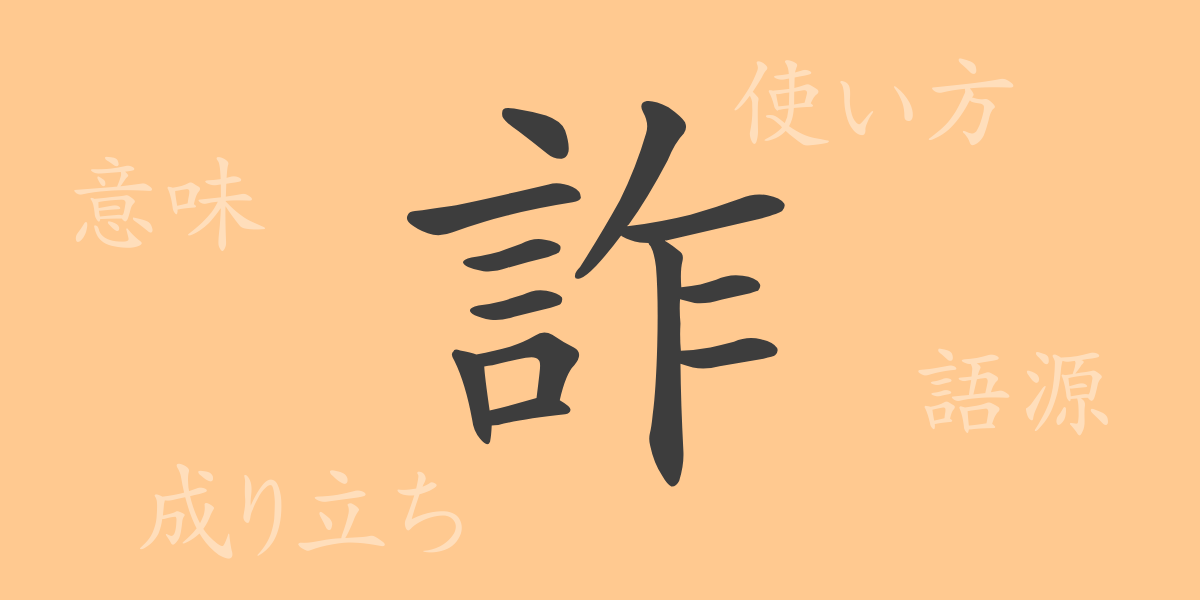Japanese contains many kanji, each with its own unique history and meaning. One of the frequently used common kanji in everyday life is “差(さ),” which is used in a wide range of contexts, from mathematics to social phenomena. In this article, we delve into the origins, meanings, usage, readings, stroke count, and radical of “差(さ).” We will also explore idioms, phrases, and proverbs that incorporate this kanji to fully appreciate its rich expressive power and background.
Origins of 差(さ)
The kanji “差(さ)” finds its origins in ancient Chinese script, specifically in “小篆(しょうてん),” an ancient form of Chinese characters. It originally derived from a pictogram depicting a hand reaching out to grasp something. Over time, this character came to represent actions such as “sasu(さす)” (to point) or “sashidasu(さしだす)” (to extend). Additionally, it evolved to denote concepts of comparison, distinction, and difference.
Meanings and Usage of 差(さ)
The kanji “差(さ)” has various meanings, primarily indicating “difference” or “gap.” It can also mean “mistake” or “error” when referring to discrepancies. As a verb, it is used in phrases like “sashidasu(さしだす)” (to present) and “sashihiku(さしひく)” (to subtract). Depending on the context, its usage varies, but it consistently involves situations of comparison or evaluation.
Readings, Stroke Count, and Radical of 差(さ)
The kanji “差(さ)” is a fundamental character taught early in Japanese education. Here are its key details:
- Readings: The on’yomi (音読み) is “サ(さ),” and the kun’yomi (訓読み) includes “さ.す” and “さ.し.”
- Stroke count: It consists of 10 strokes.
- Radical: The radical is “工(こう),” combined with the component “羊(ひつじ)” on the right side.
Idioms, Phrases, and Proverbs Using 差(さ)
Numerous idioms, phrases, and proverbs in Japanese feature the kanji “差(さ),” highlighting the richness of Japanese expression. Examples include:
- 差し支えない(さしつかえない): Meaning “no problem” or “it doesn’t matter.”
- 差別(さべつ): Referring to discrimination or unfair treatment based on distinctions.
- 年の差(としのさ): Indicating an age difference.
- 差し引く(さしひく): Meaning to subtract or to consider disadvantages in an evaluation.
These expressions are used in various contexts, providing nuanced meanings and enriching the language.
Conclusion on 差(さ)
The kanji “差(さ)” plays a crucial role in Japanese communication, reflecting concepts of action and comparison through its form. Its diverse meanings and uses mirror the culture and history embedded in the language, making it a fascinating subject for learners of Japanese. This article aims to help readers understand the depth of “差(さ)” and its applications in Japanese, enriching their appreciation of the language.

























